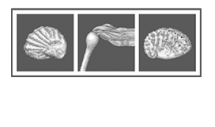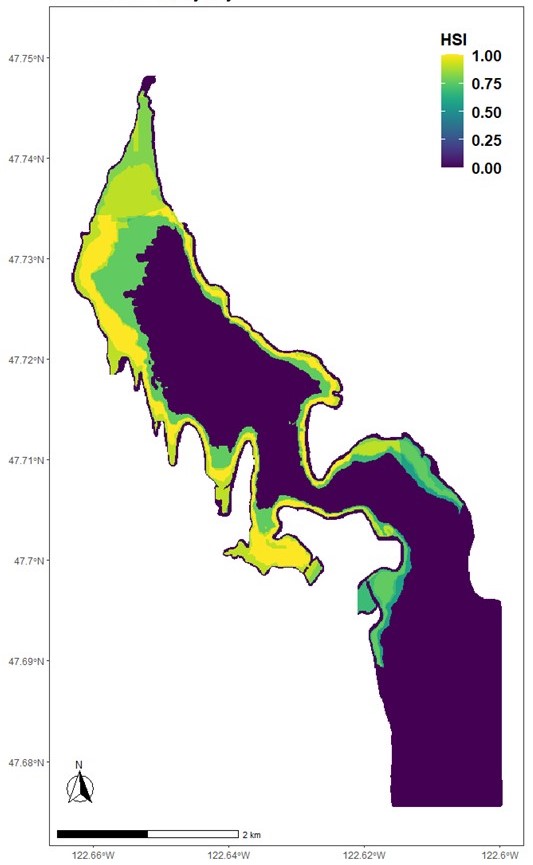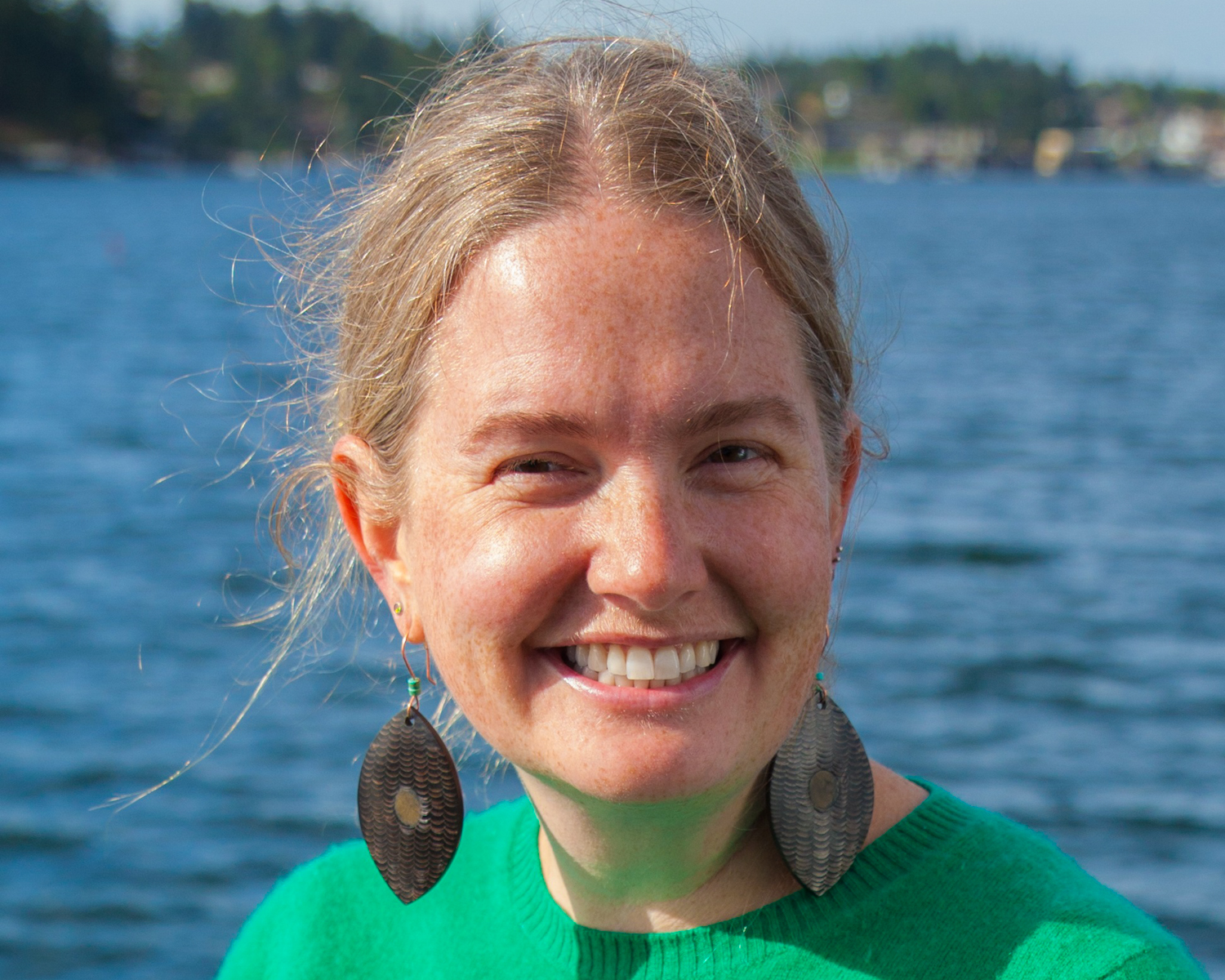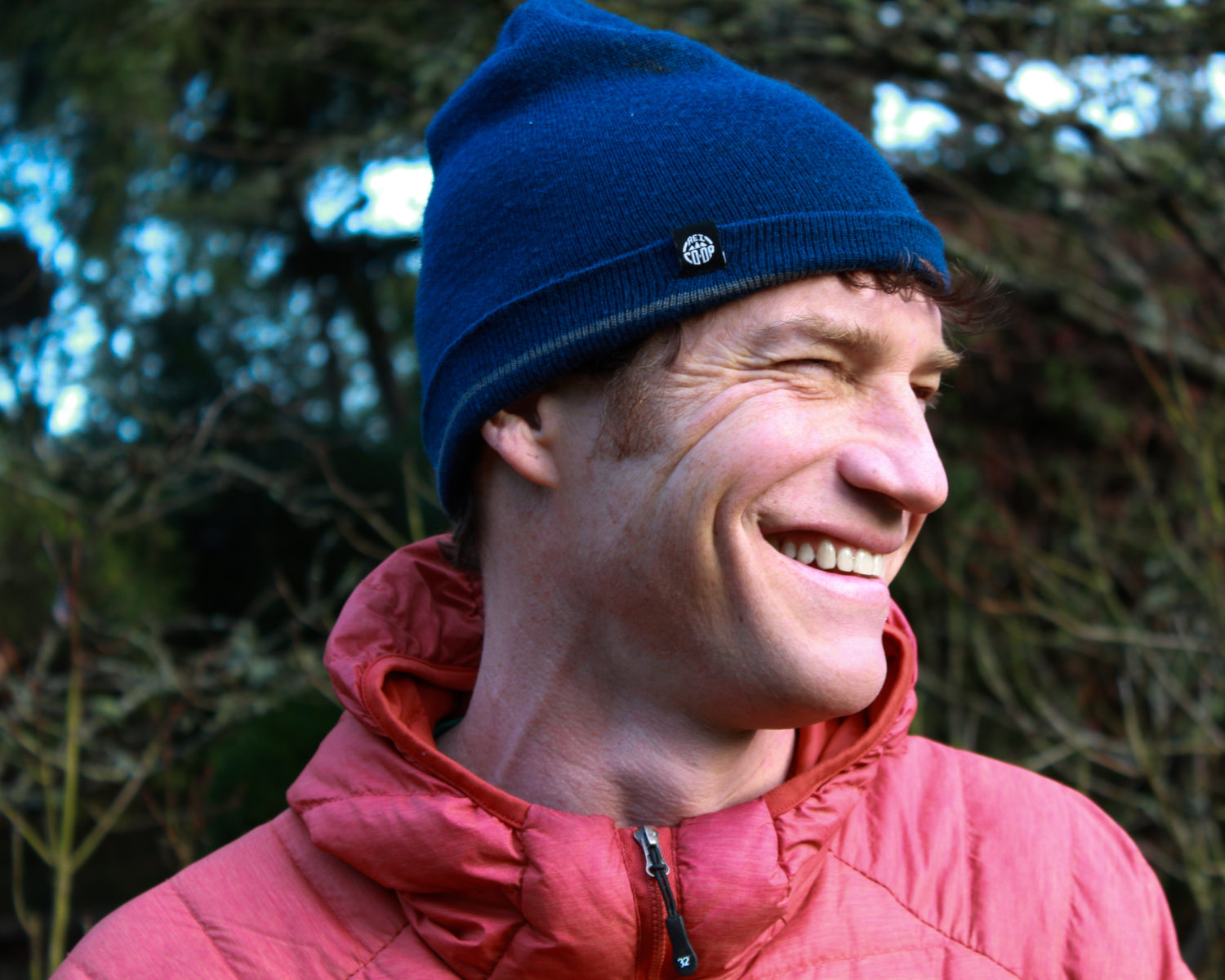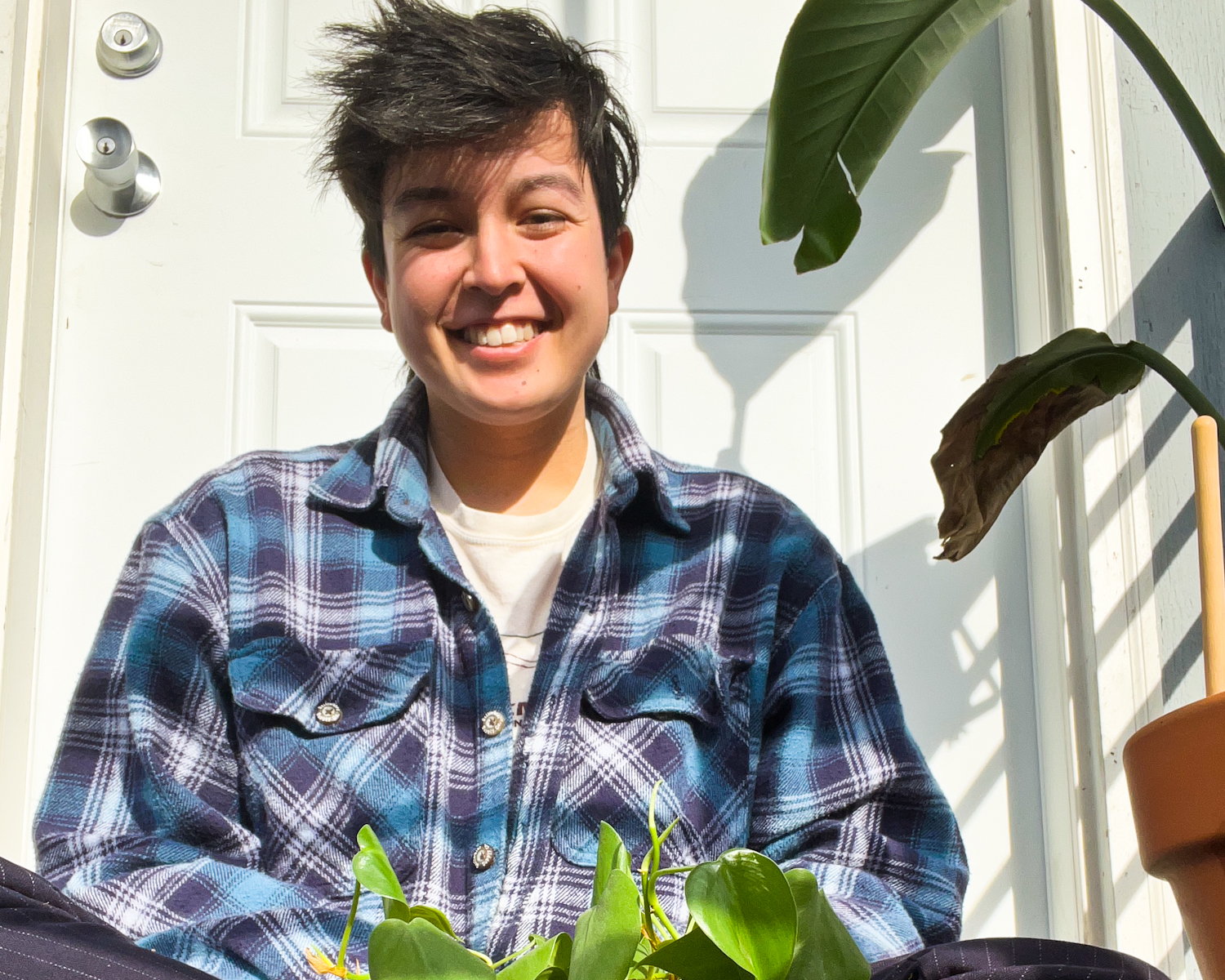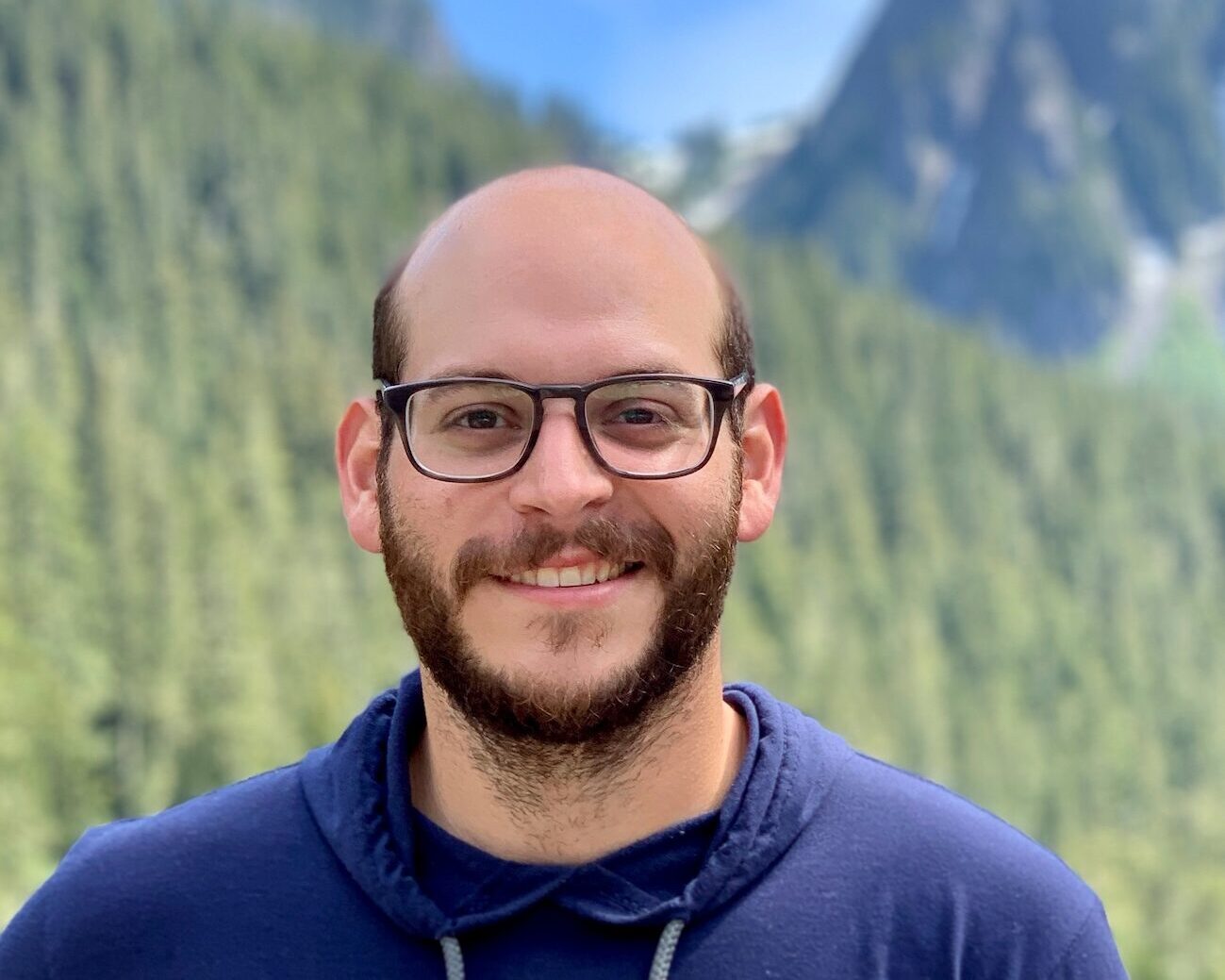Olympia oysters are big players in our ecosystem, culture, and history here in Washington, notwithstanding their diminutive size. Collaborative rebuilding efforts are a reflection of that. Olympia oyster restoration in Puget Sound is a BIG, collective enterprise inspired and powered by Tribes, shellfish growers, federal, state, and local agencies, foundations, Marine Resources Committees, tideland owners, and countless others. Fledgling efforts began in 1999, guided by Washington Department of Fish & Wildlife’s 1998 Olympia oyster stock rebuilding plan. We learned quickly that LOTS of people wanted to engage in rebuilding our beloved native oyster, for all kinds of reasons. After all, who wouldn’t want to recover living shorelines full of historic resources of ecological and cultural importance? So, we’ve basically been running to keep up with this project ever since. In addition to managing larger-scale, on-the-ground work to restore oyster bed habitat, PSRF operates a conservation hatchery with NOAA, established in 2014. The hatchery enables us to produce and outplant Olympia oyster seed in priority areas in order to re-establish breeding populations. This is an important precursor to restoring oyster bed habitat in areas where Olympia oysters have been lost. All told, these actions help implement specific recommendations of both the Blue Ribbon Panel on Ocean Acidification and the Washington Shellfish Initiative. A core team advises this work, including: Washington Department of Fish & Wildlife, NOAA, Baywater, Inc., University of Washington, Swinomish Tribe, and Northwest Straits Commission. Our larger galaxy of Olympia oyster partners is listed below. A special thanks is owed to all of the writers, reporters, videographers and storytellers who have chronicled the many stages of this wonderful journey.
Read on to learn more about the components of our program, browse additional resources, and learn more about our partners and funders.
